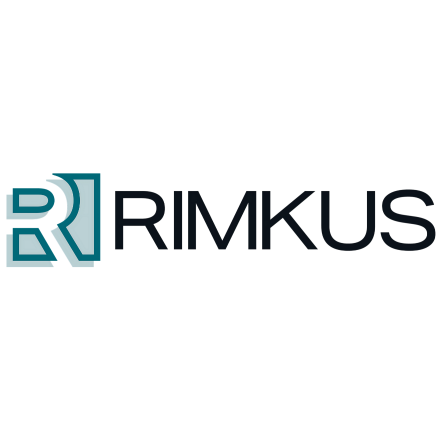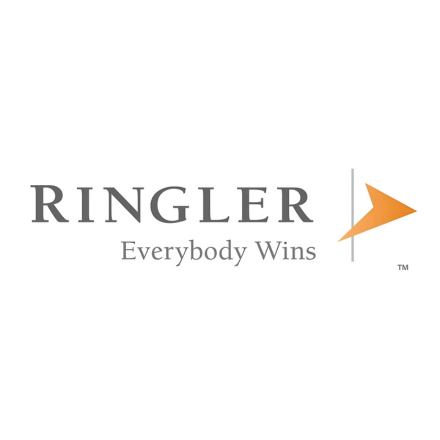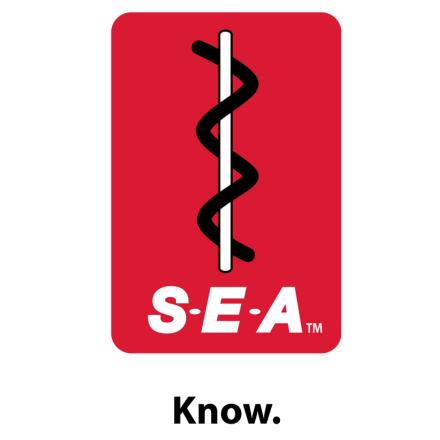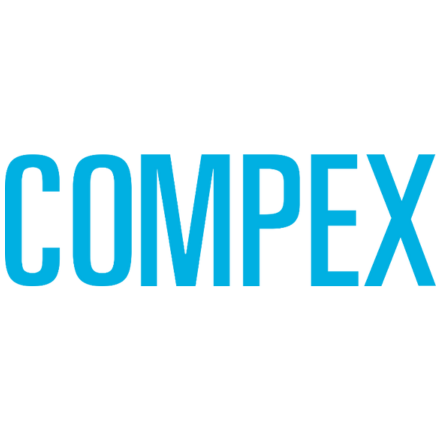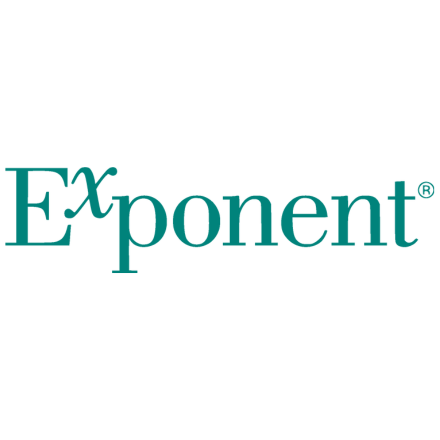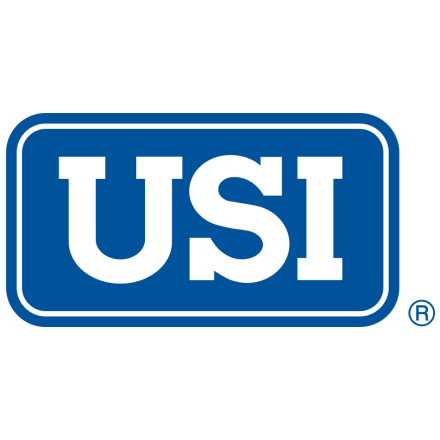Expansion of Employer Liability in Georgia(JANUARY, 2021) Preface In November 2020, the Georgia Supreme Court significantly expanded employers/principals' liability in claims alleging negligent hiring, training, supervision, retention, and entrustment. In Quynn v. Hulsey, the Court overturned the long-standing "Respondeat Superior Rule" to potentially allow a jury to consider apportioning fault against an employer for their independent acts of negligent hiring, training, supervision, retention, and entrustment of their employee. This rejection of precedent was done despite the employer admitting the employee acted within the course and scope of employment at the time of the alleged tort. This decision represents the latest in a growing body of case law illustrating the far-reaching and unintended impact of tort reform since its enactment of the Georgia Apportionment Statute in 2005. It is evidence of expanded and unforeseen claim and litigation risks. This article will explore the reasoning behind and impact of the new ruling in Quynn v. Hulsey. The Prior Law on Respondeat Superior Liability of and Employer As with most jurisdictions, under Georgia statutory law, an employer is liable for its employees' negligent acts or omissions while acting within the course and scope of employment. O.C.G.A. §51-2-1, et seq. In the 1960s, Georgia appellate courts held that an employer could not be held independently liable for claims of negligent hiring, training, supervision, retention, and entrustment if the employer admitted the employee was acting within the course and scope of employment at the time of the tort. The court held the admission of an employment relationship at the time of the tort established vicarious liability on the employer for its employees' acts or omissions. The employer's liability then became solely derivative of its employee's negligence; thus, they were considered one "party." A verdict exonerating the employee would result in a legal bar to the claims against the employer. Further, a verdict and judgment against the employee would provide full compensation to the injured party, collected from the employee and the employer. Thus the derivative claims of negligent hiring, training, supervision, retention, and entrustment against the employer were not necessary once the employer had admitted a respondeat superior/vicarious liability relationship. These holdings became known as the "Respondeat Superior Rule." Under the "Respondeat Superior Rule" when a plaintiff alleged the employer was vicariously liable for the negligent acts of the employee, and also responsible for its independent negligent hiring, training, supervision, retention and entrustment and other derivative claims, the employer was entitled to summary judgment on the "independent" claims if it admitted the employee was acting in the course and scope of his employment. Willis v. Hill, 116 Ga. App. 848, 159 S.E.2d 145 (1967); Hosp. Auth. Of Valdosta v. Fender, 342 Ga. App. 21, 802 S.E.2d 346 (2017). The only exception arose where the plaintiff asserted a claim for punitive damages based on the employer's actions. The courts held the purpose of punitive damages was to deter any "aggravated" activity by the employer in hiring, training, supervision, retention, and entrustment of an incompetent employee. Punitive damages are not to compensate the injured party. Thus, it was an independent claim and not derivative of the actions of the employee. However, in cases of a defense verdict for the employee on the underlying tort claim, the punitive damage claims against the employer for negligent hiring, retention, entrustment, or training would likewise fail as a matter of law. The practical effect of the "Respondeat Superior Rule" was to restrict potentially prejudicial evidence against the employer and limit the plaintiff at trial to presenting evidence of solely the employee's negligence. For example, in the absence of a viable claim for negligent entrustment against the employer, an employer's alleged knowledge of a particular employee's risk factors or failure to properly vet an employee would lack relevance. In at least one case, the Georgia Court of Appeals explained the reason behind the Rule was that the plaintiff was only entitled to one recovery. Thus, allowing claims for negligent entrustment, hiring, and retention against the employer would merely prejudice the employer. MasTec North Am. V. Wilson, 325 Ga. App. 863, 865, 755 S.E.2d 257 (2014). Further, since Georgia's comparative negligence statute bars a plaintiff from recovery if their negligence is equal to or greater than the combined negligence of all Defendants, removing the issue of the employer's independent negligence and having the employee and employer treated as one "party" potentially lessened the chances of a Plaintiff being less at fault than the Defendants. Ending Of The Precedent and The "New" Law The Facts of the Underlying case The court overturned the Respondeat Superior precedent on November 3, 2020 in Quynn v. Hulsey, __ S.E.2d __ (Ga. Sup. Ct. Nov. 3, 2020). In that case, the plaintiff brought an action against truck driver Hulsey and his trucking company employer, claiming Hulsey negligently operated a truck and caused her injury. Plaintiff also asserted ordinary negligence and punitive damage claims against the trucking company employer for negligent hiring, training, supervision, retention, and truck driver Hulsey's entrustment. While asserting that the plaintiff was comparatively negligent for causing the accident, Hulsey's employer conceded vicarious liability for Hulsey's negligent actions if proven, under the doctrine of respondeat superior. However, the trucking company employer moved for summary judgment on the plaintiff's claims for punitive damages and negligent entrustment, hiring, training, supervision, and retention. Relying on the precedent of the "Respondeat Superior Rule," the trial court granted summary judgment on the punitive damage claims and to the employer on the negligent entrustment, hiring, training, supervision, and retention claims. Plaintiff appealed that ruling, which was affirmed by the Court of Appeals. In the trial on the negligence claims over truck driver Hulsey and the plaintiff's actions, a special jury verdict form allowed the jury to apportion percentages to the plaintiff individually and truck driver Hulsey and his employer as one group. The jury returned a verdict finding Plaintiff 50% at fault, and truck driver Hulsey and his employer 50% at fault. Since Georgia's comparative negligence statute bars recovery for a plaintiff who is 50% at fault or greater when compared to the negligence of the Defendants, and since truck driver Hulsey and his employer were one "defendant" because the employer's liability was solely derivative of the employee's, the court entered judgment in favor of employee Hulsey and his employer. Plaintiff appealed that judgment, and the case ultimately went to the Georgia Supreme Court. The Supreme Court's Ruling and Rationale The Supreme Court reversed summary judgment on the claims of negligent hiring, training, supervision, retention, and entrustment against the employer. It held the Respondeat Superior Rule was no longer valid because it was inconsistent with the apportionment statute's plain language. Id. The Court held the exact wording of the apportionment statute, O.C.G.A. §51-12-33 requires the jury to consider the fault of all persons who contributed to the alleged injury or damages and apportion percentages of fault accordingly to each person. The Court reasoned that the evidence required to prove negligent hiring, training, supervision, retention, and entrustment claims against an employer differs from the evidence needed to prove negligence against the employee. They are separate torts, defined as a breach of a legal duty proximately causing injury to another, with distinct evidentiary proof requirements. The Court further reasoned that while an employer may be liable for payment of damages apportioned by the jury for the fault of its employee under respondeat superior and vicarious liability, the employee would not be responsible for payment of damages apportioned by the jury for the fault attributed to the employer for its independent acts of negligent hiring, training, supervision, retention, and entrustment of the employee. The Court held that the legislature could have clarified any desire for the Respondeat Superior Rule's continued application when they enacted the Apportionment Statute but did not. Thus, the Court must enforce the statute by its clear and unambiguous terms. The case was remanded to the trial court with instructions for a new trial, for the trial court, and the jury if appropriate, to hear evidence and consider as independent acts of negligence the actions of the employer in hiring, training, supervision, retention, and entrustment of truck driver Hulsey. The dissenting opinion in Quynn viewed the majority's decision as inconsistent with most jurisdictions that have considered this issue and retained the Respondeat Superior Rule despite adopting similar apportionment schemes. The dissent noted that an employer could be exposed to double liability from fault apportioned by the jury to it for its actions and fault that flowed to it from the employee's negligence. Under the statute, any judgment from an apportioned verdict is several, and the party's sole responsibility upon whom the judgment is made after application of the apportionment percentage from the verdict. Effects of the Abolition of the Respondeat Superior Rule Trial Issues If there are sufficient facts to create a question of fact for a jury precluding summary judgment for the employer, the Supreme Court's ruling allows the plaintiff to introduce evidence of the employer's alleged negligence in hiring, training, entrusting, retaining, and supervising the employee. That evidence could result in otherwise inadmissible "character" and "prior acts" evidence relating to the driver's incompetence or habit of recklessness to enter the case on the negligent entrustment claims against the employer prejudice to the driver. The Court did indicate that trial courts must assess whether the evidence's prejudicial impact on the independent claims against the employer outweighs the relevance of that evidence to determine its admissibility in the case. The evidence against the employer could also confuse the jury on their role in assessing the driver's liability for the underlying tort. A jury may struggle with the concept of apportioning fault among the plaintiff (if applicable), the employee, and the employer and its impact on the comparative negligence bar. The practical effect of adding a third line for the employer to the jury verdict form may help a plaintiff survive the 50% rule that bars recovery. Under the Respondeat Superior Rule the employer and employee were viewed as one party. Claims Handling and Litigation Issues This ruling creates the potential for conflicts of interest between the employee and the employer. Under the apportionment statute, any judgment from an apportioned verdict is several, and the party's sole responsibility upon whom the judgment is made after application of the apportionment percentage from the verdict. The employee's liability for the underlying tort could be reduced by the amount of fault assigned by the jury to the employer for its independent acts of negligent hiring, training, supervision, retention, and employee entrustment. Since a judgment against the employee is several, a conflict may exist in situations because the plaintiff could seek to collect the judgment on the employee's negligence from the employee only. Given the potential conflicts, it will be crucial for the claims personnel to investigate and evaluate the evidence relating to both the underlying employee tort and the possible independent acts of negligent hiring, training, supervision, retention, and entrustment of the employer. Counsel retained by the employer or an insurance carrier must assess whether they can represent both the employee and the employer in the matter. The use of indemnity agreements favoring the employee may be useful in preventing any such conflict. Conclusion While the Quynn case arose in the context of a transportation case, its ruling and impact apply to all claims and lawsuits involving questions of negligent acts of a principal, agent, independent contractor employer, employee, and issues of vicarious liability. This "new law" should be considered by those involved in underwriting, claims assessment, planning of litigation strategy, litigation, and settlement evaluation in claims and cases involving negligence claims against employers, employees, independent contractors, principals, and agents. This ruling creates potential exposure and conflict issues that did not previously exist in Georgia. This ruling could also portend a trend in other jurisdictions allowing for apportionment of fault and damages. - (Gary Lovell and Lacey Houghton, CSKL)
|





